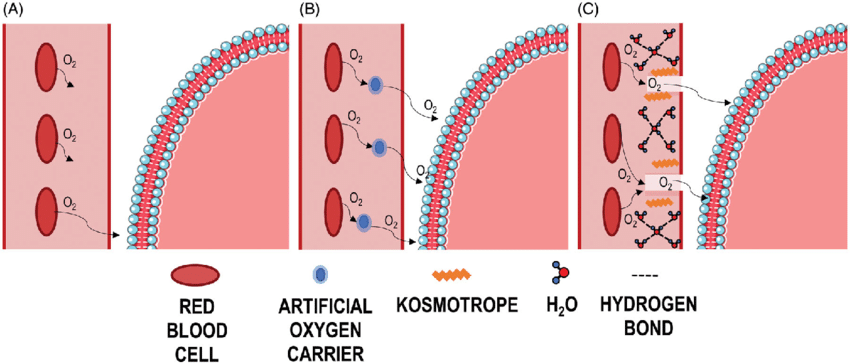Title: Unleashing the Potential of Artificial Intelligence in Healthcare with Oxisan
Introduction:
Artificial intelligence (AI) has revolutionized numerous industries, and healthcare is no exception. With advancements in AI technology, a new frontier has emerged in the form of artificial oxisan. In this blog, we will explore the potential of artificial oxisan and its impact on healthcare, paving the way for more effective treatments, enhanced patient care, and improved outcomes.
1. What is Artificial Oxisan?
Artificial oxisan refers to the integration of AI algorithms and data analytics in the field of healthcare. It involves harnessing the power of AI to analyze large volumes of medical data, identify patterns, make predictions, and assist healthcare professionals in making informed decisions. By combining AI with medical expertise, artificial oxisan has the potential to transform patient care, diagnosis, treatment, and overall healthcare management.
2. Enhanced Diagnostics and Early Detection:
Artificial oxisan can aid in early detection and diagnosis of diseases by analyzing medical data, such as patient records, laboratory results, and medical images. AI algorithms can quickly process vast amounts of information, identify subtle patterns, and provide insights that might have been missed by human observation alone. This can lead to earlier intervention, more accurate diagnoses, and improved treatment outcomes.
3. Precision Medicine and Personalized Treatment:
One of the key benefits of artificial oxisan is its ability to facilitate precision medicine. By analyzing a patient’s genetic data, medical history, and treatment responses, AI algorithms can help identify the most effective treatments tailored to an individual’s specific needs. This personalized approach can optimize treatment outcomes, minimize adverse effects, and improve patient satisfaction.
4. Predictive Analytics and Proactive Care:
With the integration of AI algorithms, artificial oxisan enables predictive analytics, allowing healthcare professionals to anticipate potential health risks and intervene proactively. By analyzing data from wearable devices, electronic health records, and other sources, AI can identify patterns and indicators that may signify deteriorating health or an increased risk of complications. This empowers healthcare providers to intervene earlier, prevent complications, and provide timely care.
5. Streamlined Healthcare Operations:
Artificial oxisan has the potential to streamline healthcare operations, reducing administrative burdens and improving efficiency. AI algorithms can automate routine tasks such as data entry, scheduling, and billing, freeing up healthcare professionals to focus more on patient care. This automation can lead to cost savings, reduced errors, and improved overall workflow within healthcare organizations.
Conclusion:
Artificial oxisan represents a significant advancement in healthcare, harnessing the power of AI to enhance diagnostics, enable precision medicine, and improve patient care. By leveraging AI algorithms to analyze vast amounts of medical data, healthcare professionals can make more informed decisions, detect diseases earlier, and provide personalized treatments. Moreover, artificial oxisan has the potential to streamline healthcare operations, improving efficiency and reducing administrative burdens. As the field of AI continues to evolve, we can expect further advancements in artificial oxisan, ultimately leading to a more proactive, precise, and patient-centric healthcare system.




